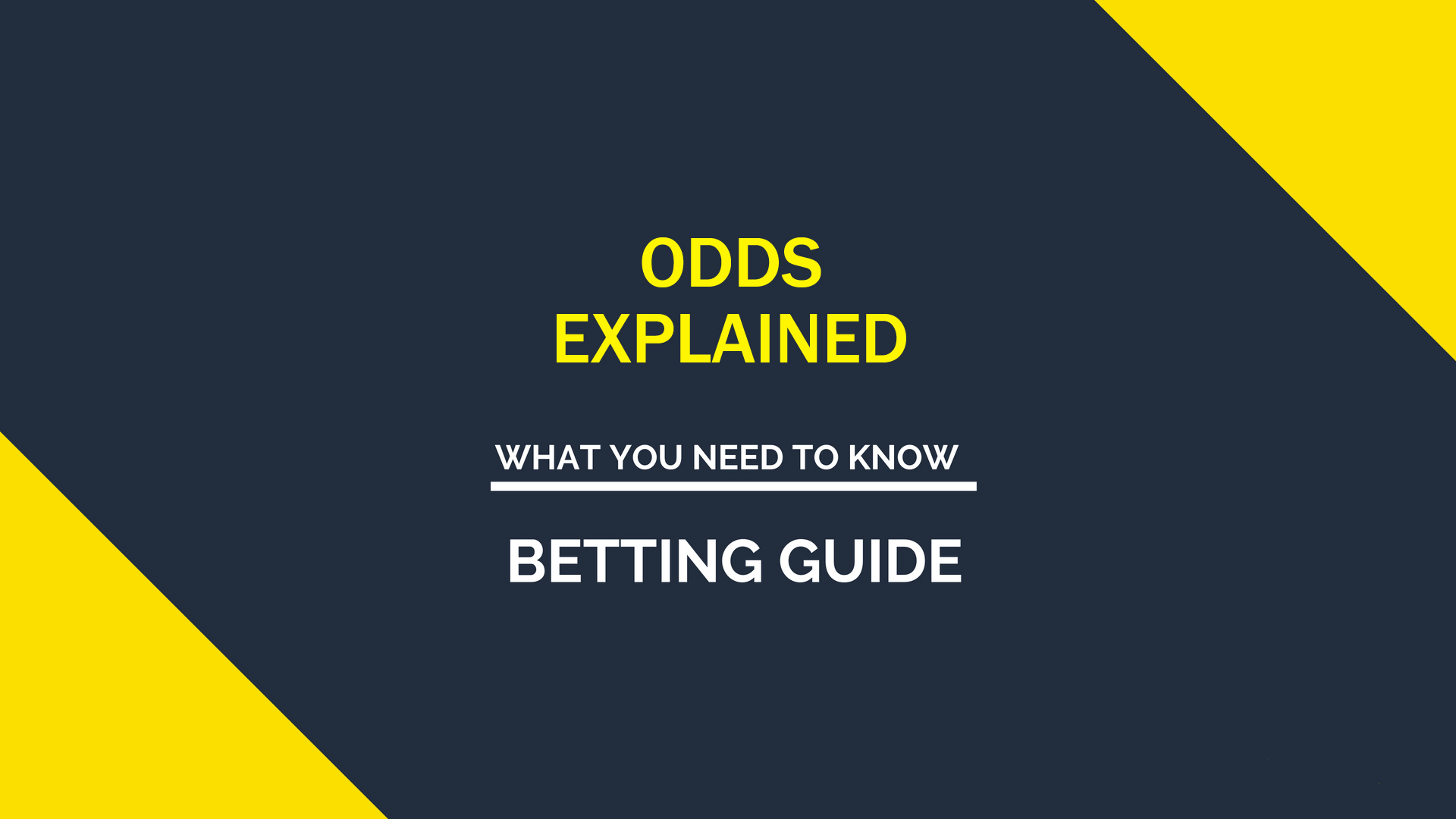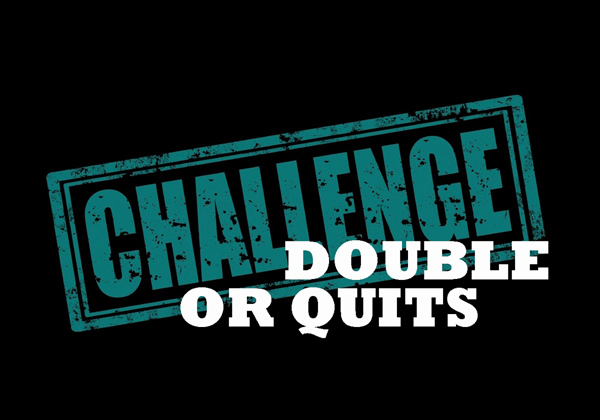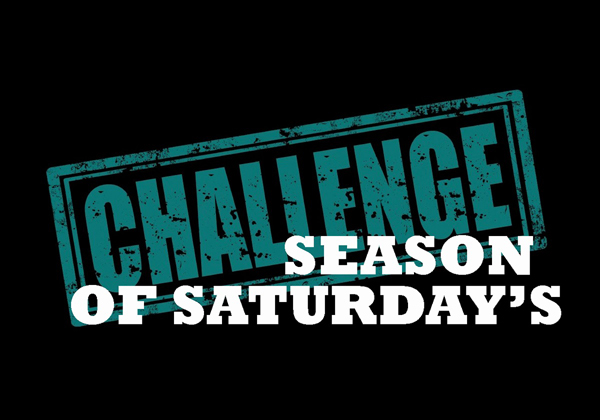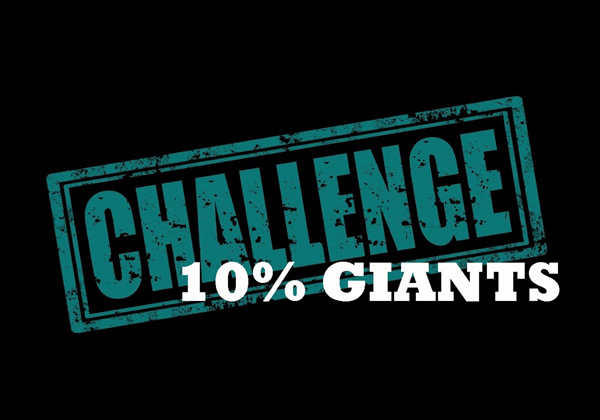
Odds Explained
Most people that want to have a bet are often put off by the odds and not understanding them. Here we’ve explained both fraction & decimal odds.
“I don't understand the odds so I ask someone else to place my bets for me..”
Fractions
As an example, Watford are 7/5 to win at home to Bournemouth. 7/5 means, if you bet £5, you can win £7. You get your stake back on top of this so a £5 stake could potentially win £12 total. The only thing you need to know with fractional odds is the number on the right is your stake, the number on the left is the potential winnings and if you add them together that’s the total potential return.
Decimals
The same example game as above. Watford at 2.40 to beat Bournemouth. The thing to remember with decimals is that whatever the number is, it’s what you would win if you bet £1 on it. So £1 on Watford at 2.40 would return a total of £2.40. £2 would win £4.80, £3 would win £7.20, £4 would win £9.60, £5 would win £12 and so on.
Calculating Probability From Odds
Whenever you see two numbers separated by a trailing slash, i.e. 10/1, this is known as fractional odds. From this, you can calculate how likely a given event is to happen with a calculation. For ease of explanation, let’s replace the numbers with letters i.e. 4/1 becomes A/B. Here is the calculation: Probability (%) = B / (A+B).
- 9/1 can be calculated as 1 / (9 + 1) = 0.10 – There is a 10% chance that the event will happen.
- 4/1 can be calculated as 1 / (4 + 1) = 0.20 – There is a 20% chance that the event will happen.
- 1/1 can be calculated as 1 / (1 + 1) = 0.50 – There is a 50% chance that the event will happen.
- 1/4 can be calculated as 4 / (4 + 1) = 0.80 – There is a 80% chance that the event will happen.
Decimal Odds Versus Fractional Odds
In truth, one isn’t better than the other but there is certainly a trend emerging towards decimal odds. Historically fractional odds were used in the UK, especially on racetracks and on the high street. There are two key differences. Generally, decimal odds are easier to understand. Based on this, there has a movement to attract more people to horse racing by making it more accessible to the average punter. Ten years ago, if you were going to Cheltenham, all the odds would be displayed as fractional odds. Now, they’re largely all in decimals.
The second difference between the formats is that fractional odds only represent winnings, and do not include the returned stake compared to decimals which do include the stake. The transition from fractional odds to decimals largely kicked off with the growing popularity of the betting exchanges such Betfair. For odds to change slightly, it’s really difficult to marginally increase or decrease the probability without creating large fractions which are hard to compute for the punter.
Any Questions?
Feel free to get in touch here if you have any questions and we'll do our best to help!





